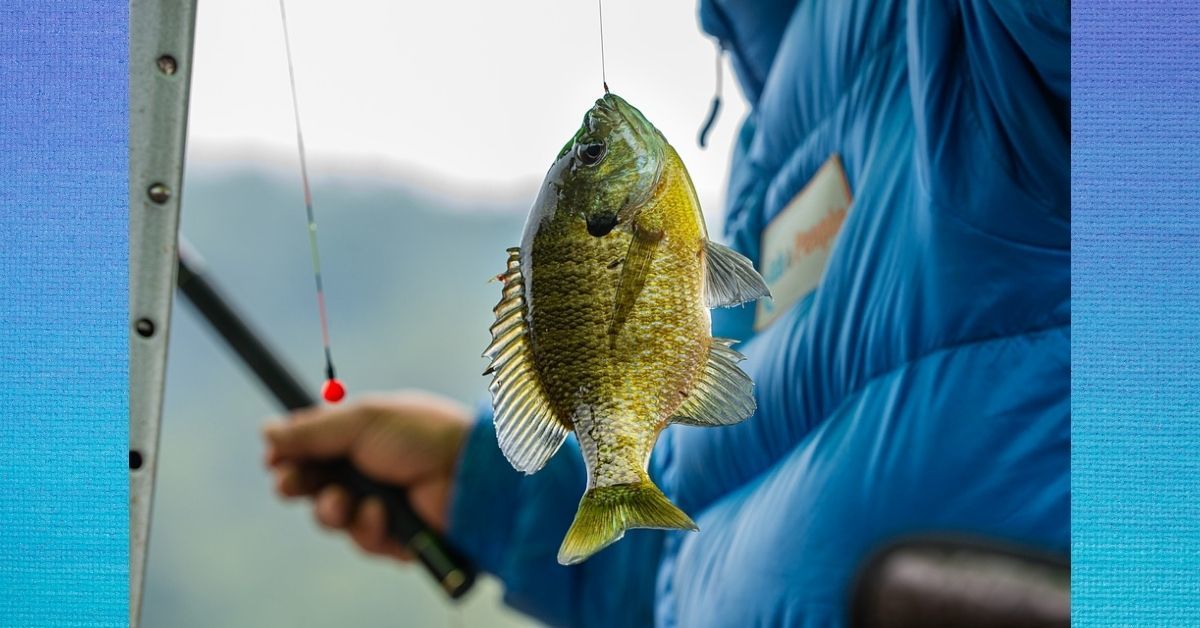People usually have many different hobbies. However, one of the most relaxing and enjoyable hobbies is fishing. The beginners at the art of fishing mainly require a rod and reel. Other accessories include a baitcasting outfit, spin-casting set, open-faced spinning reel, and a rod. It’s better if the spinning reel is open-faced and medium-sized whereas, the spinning rod is six to seven-foot fiberglass. After that, you will need a box of bait for the fishes. Now, to start fishing an appropriate area is needed where you just need to tie the bait at the end of the rod and throw it in the water. There is no need to be discouraged if the first attempt is not successful in catching the fish. Take your time and be patient, let the fish come to the bait, and BOOM, you have got yourself a freshly caught fish.
Bluegill Fishing
According to research, one of the most prominent places where bluegills are present in Iowa. It is believed that they are mainly found in ponds and small lakes however they are also present in abundance in natural lakes, large rivers, and reservoirs. To catch bluegill any tackle can be used from a simple cane pole to expensive graphite rods. Finally and most importantly bluegills are just fun to hunt down and catch.
BluegillBait
To catch a bluegill bait, it is very important to keep the bait small. The most efficient and appropriate hook sizes are no. 6 and no. 10 for this. The best type of bait for bluegill is live bait. Worms and nightcrawlers are most widely used for this purpose that’s because they are easily accessible plus bluegill really likes them. A trick here is to use just a single worm big enough to cover the hook. Other than these mealworms, red wrigglers, grasshoppers, and crickets can be used too. If live bait is not available then artificial bait can also be used for bluegill.
Bluegill Lures
Live bait is considered very effective in the case of bluegill, but eventually, people run out of it. So, many experienced people suggest that in such cases live bait can be replaced with bluegill sized lures. Most famous among these lures are surface poppers, jigs, flutter spoons, spinnerbaits and minnow imitations. Popping lures are available in a variety of colors and combinations. However, the bluegill is more attracted by their actions than by their colors. Imitation minnow is most suitable for open water fishing and a size of two-inch is perfect for that. The tiniest versions of these popular bass baits are so effective for bluegills and other panfish that many anglers use them exclusively with great success.
Bluegill Honey Hole
In any body of water, the term honey hole is used to specify a spot or an area where the environment and conditions are ideal for fishing. Such spots could be a bend in the channel, a depression, or a leading edge of a hump. Bluegill honey hole is a place or spot in a water place, where bluegill is present in abundance. That’s mainly because of the conditions there suit them. If a fisherman can spot this place, it is ideal to catch bluegill in large amounts. There have been instances in the past where people have actually come across these spots and came back with a fortune of bluegill fish in huge amounts.
If you like fishing then you might also like reading this hunting blog.
